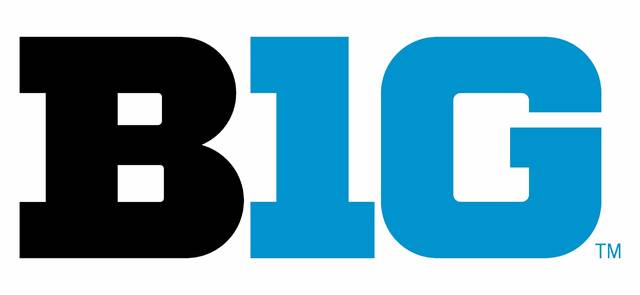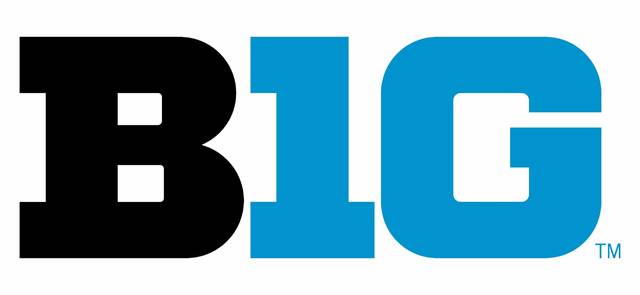

Against seemingly all odds, the 14 members of the Big Ten conference will, in fact, be playing football this season. On Wednesday morning, the conference finally shut the circus down by announcing the football season is a go and will begin on Friday, Oct. 23.
Schools will play an eight-game schedule consisting of six division games and two crossover contests against teams from the opposite division. A conference championship game will still be held on Saturday, Dec. 19, as part of a “Champions Week,” according to the conference. Each team in the conference that is not playing in the championship game will play a ninth game on Friday, Dec. 18, against the team in the opposite division that finished with the same division ranking.
Schedules for each team have not yet been released. Barry Alvarez, the Wisconsin athletic director and chairman of the Big Ten’s scheduling subcommittee, said during the Big Ten’s press conference that he expects a schedule to be laid out “later this week.”
While fans all across the Big Ten footprint rejoice at the news of Big Ten football’s return, plenty of questions still remain regarding the Big Ten’s handling of the matter since early August. More importantly, what changed since the announced postponement on Aug. 11 that created the path to a fall season?
“The Big Ten Council of Presidents and Chancellors (COP/C) adopted significant medical protocols including daily antigen testing, enhanced cardiac screening, and an enhanced data-driven approach when making decisions about practice and competition,” the conference’s press release states. “The COP/C voted unanimously to resume the football season starting the weekend of October 23-24, 2020. The decision was based on information presented by the Big Ten Return to Competition Task Force, a working group that was established by the COP/C and Commissioner Kevin Warren to ensure a collaborative and transparent process.
“The Big Ten will require student-athletes, coaches, trainers, and other individuals that are on the field for all practices and games to undergo daily antigen testing. Test results must be completed and recorded prior to each practice or game. Student-athletes who test positive for the coronavirus through point of contact (POC) daily testing would require a polymerase chain reaction (PCR) test to confirm the result of the POC test.”
Per the conference’s guidelines, each institution must designate a chief infection officer who will oversee the collection and reporting of data for the Big Ten. Test positivity rate and population positivity rate thresholds will be used to determine recommendations for continuing practice and competition. Any team with both a team positivity rate above 5% and a population positivity rate greater than 7.5% must shut down practice and competition for a minimum of seven days. The earliest an individual athlete can return to game competition following a positive test is 21 days.
Ohio State football head physician Dr. James Borchers, who co-chaired the medical subcommittee, said the 21-day timeframe for a player to return was implemented due to the amount of time it would take for the cardiac testing to be completed and evaluated by cardiologists. Borchers said 14 days would be needed for that process, and the additional week was recommended as a “transition period” for an athlete returning from an illness.
Penn State athletic director Sandy Barbour, who co-chaired the conference’s medical subcommittee along Borchers, said, “It was a pleasure working with Dr. Borchers and the entire committee of collaborative folks that wanted to do this the right way, and if it was possible to get there safely, we were going to find a way. And that’s what happened.”
During the press conference, Warren said of the evolving timeframe between August and September, “Based upon the standards that were set by our chancellors and presidents from day one, that we needed to make sure that we create an environment that would allow for our student-athletes to participate in intercollegiate athletics in a healthy and safe environment … We had to go to work, we had to be fluid, we needed to show some flexibility. Once we reached that point, and we felt that we were comfortable enough to proceed forward and be able to create that environment, we were able to go forward.”
Northwestern President Morton Schapiro said the medical information he was hearing five weeks ago, when the initial vote from school presidents to postpone the season took place, was that there was simply no way for the conference to move forward safely. However, he said that just as the medical facts began to change, such as available testing, so did his thoughts on the viability of a season.
Borchers, going into detail on what changed in the medical information that swayed the vote, said the ability for the conference to implement consistent, uniformed testing played a key role. He added that protocols to assess cardiac issues also increased the comfortability of all involved in moving forward with this season.
“As we’ve come to those decisions, I think and I hope that we’ve been able to put a clear path forward that will be right for the Big Ten conference in the situation our universities and communities are in at this time,” Borchers said.


